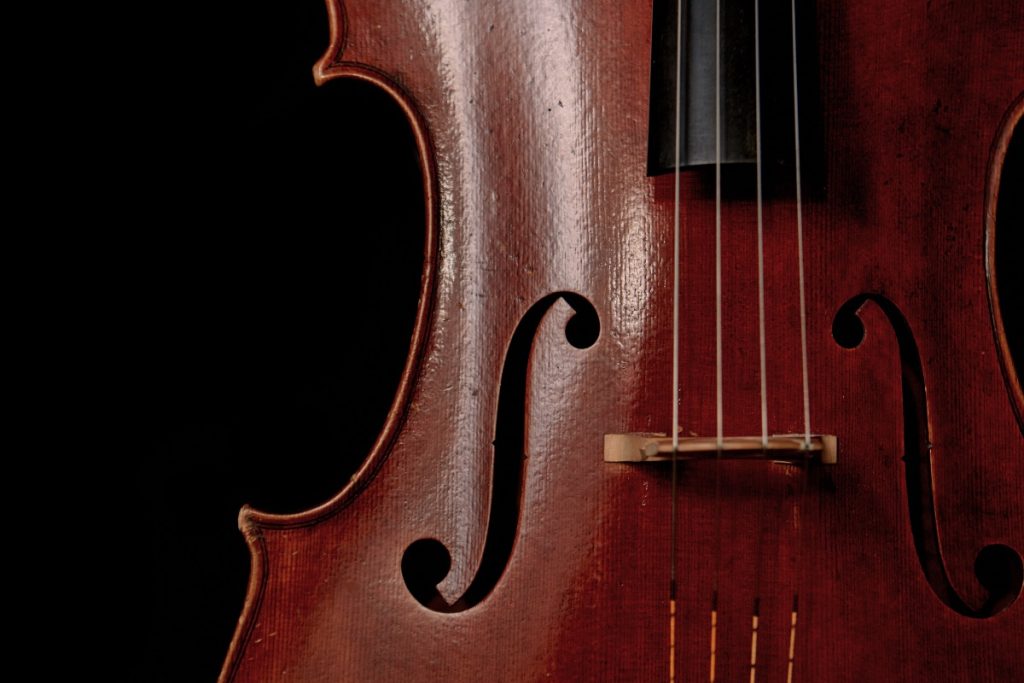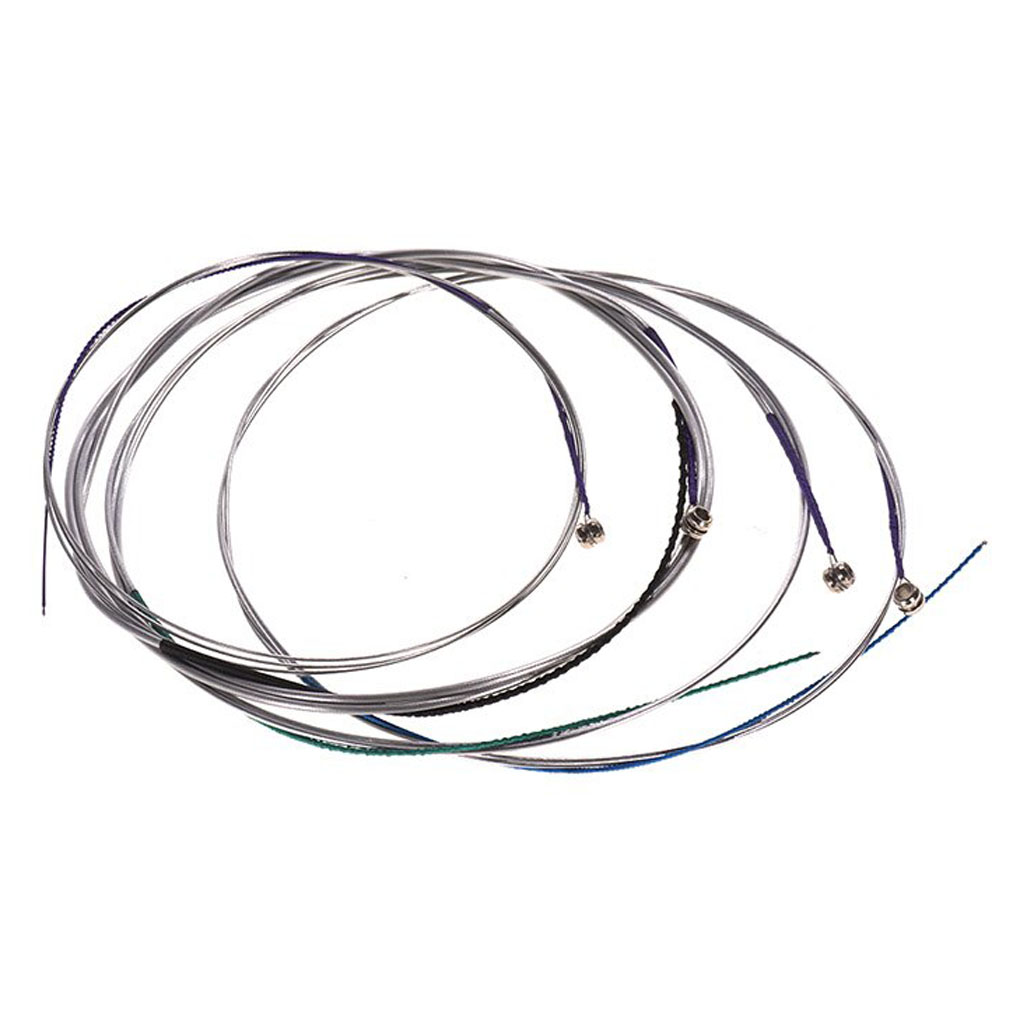Welcome to our Cello Strings FAQ page!
As a passionate cellist or an enthusiastic beginner, you may have questions about the strings that bring life to your instrument. We understand that finding the right strings can be daunting, especially with many available options. That’s why we’ve compiled a comprehensive list of frequently asked questions to guide you through the world of cello strings.
We’ve got you covered, from types and brands to maintenance and replacements. So, dive in and explore these informative questions and answers. We’re confident you’ll find valuable insights to enhance your cello-playing experience.
If there’s something we’ve not covered here, get in touch, and we’ll be happy to help and add your question to this page. Let’s get started!
There are four main types of cello strings: gut, steel core, synthetic core, and hybrid strings. Each type has unique characteristics that affect the cello’s tone and playability.
Changing cello strings every 6-12 months is recommended, but the frequency can vary based on your playing style, usage, and string type. Listening to your instrument’s tone and response can help determine when it’s time for a change.
Consider your playing style, desired tone, and budget when choosing cello strings. Experiment with different types and brands to find the best match for your instrument and preferences. You can browse our u003ca href=u0022https://www.bassbags.co.uk/product-category/cello-shop/cello-strings/u0022u003eCello Strings for Saleu003c/au003e when you’re ready to buy.
To replace cello strings, loosen and remove the old strings one at a time. Attach the new string’s ball end to the tailpiece, then wind the other end around the peg while maintaining tension. Tune the string to its proper pitch.
Yes, mixing different types of cello strings is common. Players often combine string types to achieve their desired tone and playability. We even make up special u003ca href=u0022https://www.bassbags.co.uk/product-category/cello-shop/cello-strings/combination-cello-strings-sets/u0022u003eCello Combination Setsu003c/au003e of the most common string combinations.
Use a soft, dry cloth to gently wipe away rosin and dirt from the strings after each practice session. Avoid using chemicals or solvents, as they may damage the strings.
Some popular cello string brands include u003ca href=u0022https://www.bassbags.co.uk/product-category/cello-shop/cello-strings/larsen-cello-strings/u0022u003eLarsenu003c/au003e, u003ca href=u0022https://www.bassbags.co.uk/product-category/cello-shop/cello-strings/pirastro-cello-strings/u0022u003ePirastrou003c/au003e, u003ca href=u0022https://www.bassbags.co.uk/product-category/cello-shop/cello-strings/jargar-cello-strings/u0022u003eJargaru003c/au003e, u003ca href=u0022https://www.bassbags.co.uk/product-category/cello-shop/cello-strings/thomastik-infeld-cello-strings/u0022u003eThomastik-Infeldu003c/au003e, and u003ca href=u0022https://www.bassbags.co.uk/product-category/cello-shop/cello-strings/d-addario-cello-strings/u0022u003eD’Addario.u003c/au003e
Cello string prices vary depending on the type, brand, and quality. A full set of strings can range from £50 to £300 or more.
No, violin and viola strings are not suitable for cellos due to differences in size, they are too small.
Store your cello in a u003ca href=u0022https://www.bassbags.co.uk/product-category/cello-shop/cello-cases/u0022u003ecaseu003c/au003e or on a u003ca href=u0022https://www.bassbags.co.uk/product-category/cello-shop/cello-stands/u0022u003estandu003c/au003e when not in use. Keep it away from direct sunlight, extreme temperatures, and humidity to preserve string life and maintain the instrument’s overall condition.
The cello has four strings arranged in ascending pitch: C2 (lowest), G2, D3, and A3 (highest). It is typically notated using the bass clef.
u003ca href=u0022https://www.bassbags.co.uk/product-category/cello-shop/cello-strings/u0022u003eNew cello stringsu003c/au003e typically take a few days to a week to settle and hold their tuning consistently. Playing and tuning your instrument regularly during this period can help speed up the process.
You can replace a single broken or worn string, but replacing the entire set ensures a balanced tone and consistent feel across all strings.
Dull-sounding strings may be old, dirty, or damaged. Cleaning your strings regularly can help prolong their life, but eventually, they will need to be replaced.
Cello strings can break due to age, tension or poor cello setup.
Using strings designed for a different instrument size may result in improper tension, tone, or playability. It’s best to use strings specifically made for your cello’s size.
Strings that are too tight may sound sharp and feel difficult to play, while too loose strings may sound flat and lack resonance. Use a u003ca href=u0022https://www.bassbags.co.uk/product-category/general-accessories/digital-tuners/u0022u003etuneru003c/au003e or reference pitch to ensure your strings are at the correct tension.
Yes, cello strings are available in different sizes to accommodate various cello sizes, such as 4/4 (full size), 3/4, 1/2, and 1/4. Make sure to u003ca href=u0022https://www.bassbags.co.uk/product-category/cello-shop/cello-strings/u0022u003epurchase cello stringsu003c/au003e that match your instrument’s size.
Factors such as playing frequency, string type, cleaning habits, and environmental conditions (humidity, temperature) can impact the lifespan of your cello strings.
The correct order of cello strings from left to right, when viewed from the front (facing the bridge), is C, G, D, and A. The C string is the thickest and has the lowest pitch, while the A string is the thinnest and has the highest pitch.
The best cello strings will depend on the cello and the player. We have a more in-depth article about u003ca href=u0022https://www.bassbags.co.uk/best-cello-strings-our-recommendations/u0022u003echoosing the best cello stringsu003c/au003e.






